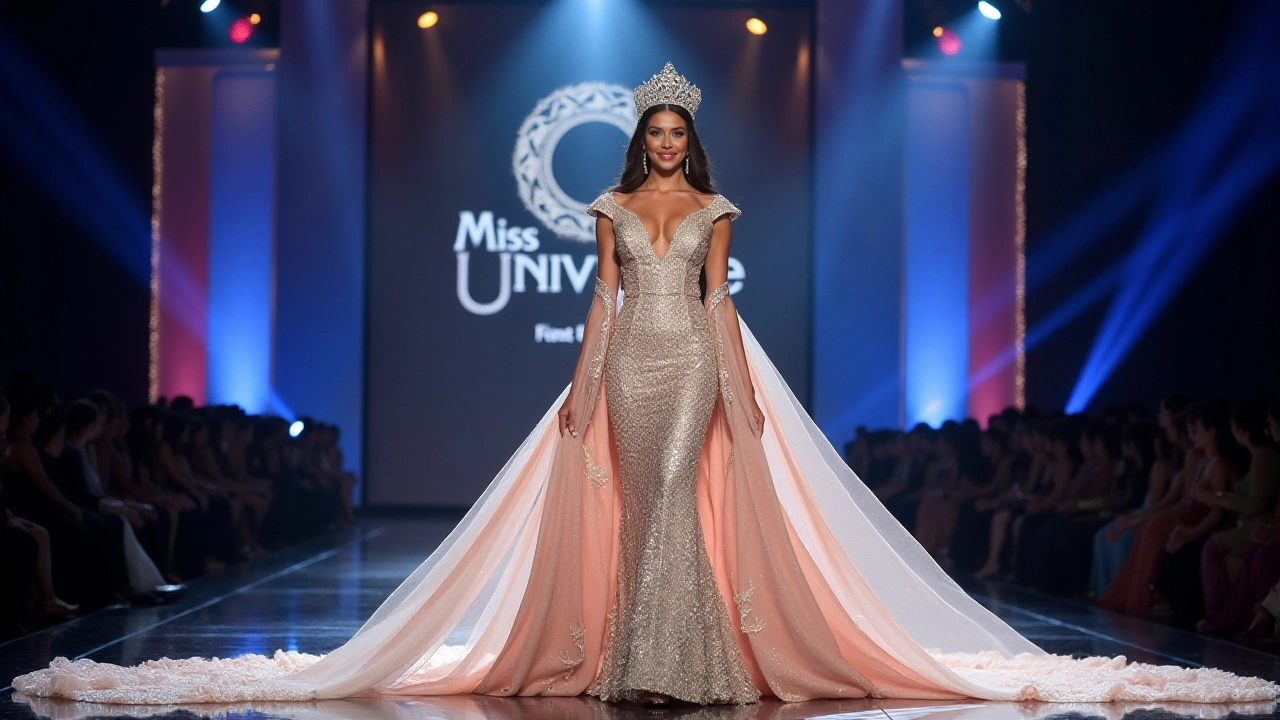Exploring Stunning National Costumes at Miss Universe 2024 in Mexico City

A Global Stage for Cultural Expression
The Miss Universe 2024 National Costume Show, held in the vibrant city of Mexico City, was a breathtaking spectacle of global culture and creativity. This year, over 130 contestants graced the stage, each portraying their homeland's rich heritage through carefully crafted and visually stunning national costumes. Scheduled before the final coronation night, the National Costume Show offered viewers a chance to glimpse the intricate stories, traditions, and identities of various cultures from around the world—all expressed in just a matter of seconds. This extraordinary event turned the spotlight onto costumes that embody centuries of history, artistic expression, and national pride, captivating an audience drawn from every corner of the globe.
The Mesmerizing Display of Cultural Heritage
The competition kicked off with an array of outfits that skilfully bridged the past and present. Among the most talked-about costumes was Mexico's Aztec-inspired ensemble. This costume not only dazzled with its intricate design but also with its sheer quantity of over 10,000 golden beads. The ensemble showcased the grandeur and sophistication of Aztec craftsmanship, promising to leave a lasting impression not just as a piece of fashion but as a powerful ode to Mexico’s historical narrative.
Thailand also made a significant impact with their costume, a testament to their world-renowned floating markets. This eye-catching creation boasted the distinct feature of a moving boat structure that captured the bustling and dynamic spirit of these unique marketplaces. It highlighted the seamless blend of tradition and modern spectacle, a visual story that transports the audience to the heart of Thailand’s cultural life.
Icons of Unity and Innovation
Nigeria embraced the theme of traditional Yoruba bead work, presenting a costume that was not merely decorative but also deeply meaningful. This exquisite outfit symbolized unity and strength through its intricate patterns and detailed craftsmanship. In essence, it was a tool for storytelling, offering a rich tapestry of color and symbolism that spoke volumes about Nigeria's social and cultural fabric.
El Salvador took a bold approach with a costume representing the country’s fiery volcanic landscape. This costume, complete with LED effects that mimicked the powerful eruptions of volcanoes, offered a dynamic performance aspect. It reflected not just the geographical phenomena but also the spirit and resilience of the Salvadoran people.
Celebrating Diversity and Creativity
The Miss Universe National Costume Show is more than just a pageant; it is a mesmeric celebration of diversity and culture, demonstrating the depth and breadth of the human experience. Every contestant's costume tells a unique story, representing days, if not months, of research, design, and preparation. It amply exemplifies the intersection of art, fashion, and cultural education and celebrates what makes us diverse.
Within this dazzling display of fabric and symbolism, audiences are invited to explore each nation’s history and culture. Each masterpiece narrates a story, portraying themes ranging from bravely conquering trials to celebrating nature and peace, reminding us of the vibrancy and resilience inherent in human culture.
A Pageant for Unity and Connection
The vibrant backdrop of Mexico City serves not just as a stage but as a participant in this cultural festivity. The locale adds its own charm to the event, amplifying the grandeur and allure of each performance with its rich cultural tapestry. Onlookers from all over the world find themselves ensconced in an atmosphere of unity and connection, where cultural expressions transcend geographical boundaries. The votes are pouring in from fans excited to pick their favorite costumes, fueling debates among supporters who argue passionately over who deserves the title of best national costume.
In reflecting on last year's winner, Michelle Dee from the Philippines, fans are reminded of the iconic airplane costume epitomizing ingenuity and national pride. Her costume paid homage to her role as an Air Force reservist, created using the soli hiya technique, and showcased a commitment to promoting tourism—a true embodiment of modern and traditional values colliding seamlessly on one platform. This year's event is filled with such potential, ensuring that audiences are treated to a show that is as much about competition as it is about bringing hearts and minds together in shared appreciation of global cultures.

Abhishek Deshpande
November 16, 2024 AT 09:41dhananjay pagere
November 16, 2024 AT 23:47Shrikant Kakhandaki
November 17, 2024 AT 22:23bharat varu
November 18, 2024 AT 07:29Vijayan Jacob
November 20, 2024 AT 02:42Saachi Sharma
November 21, 2024 AT 11:18